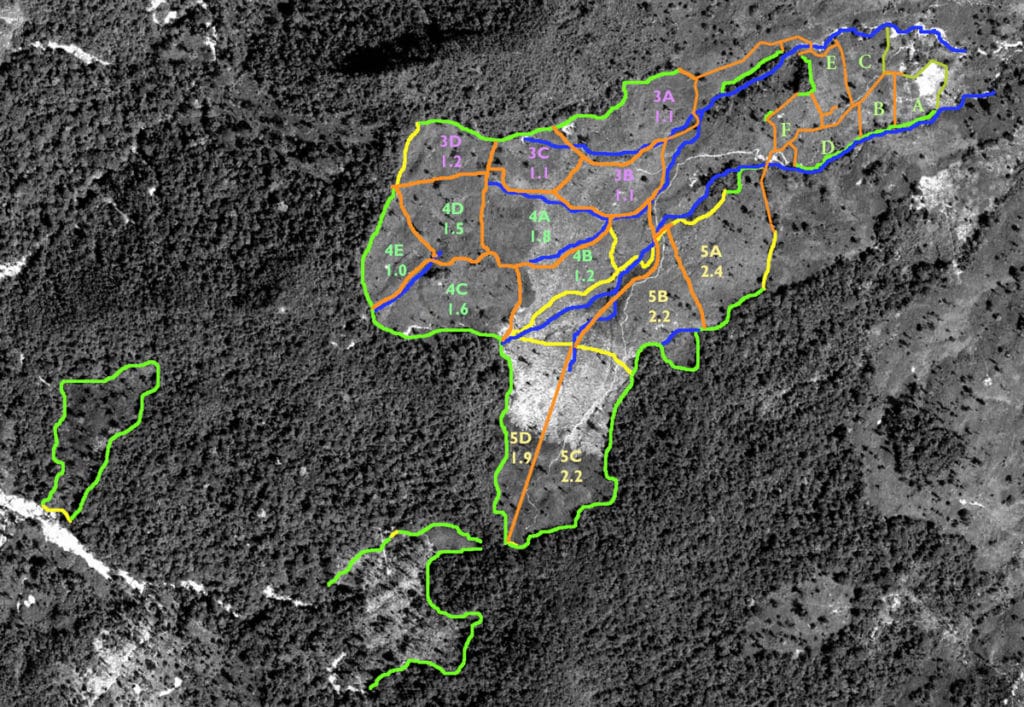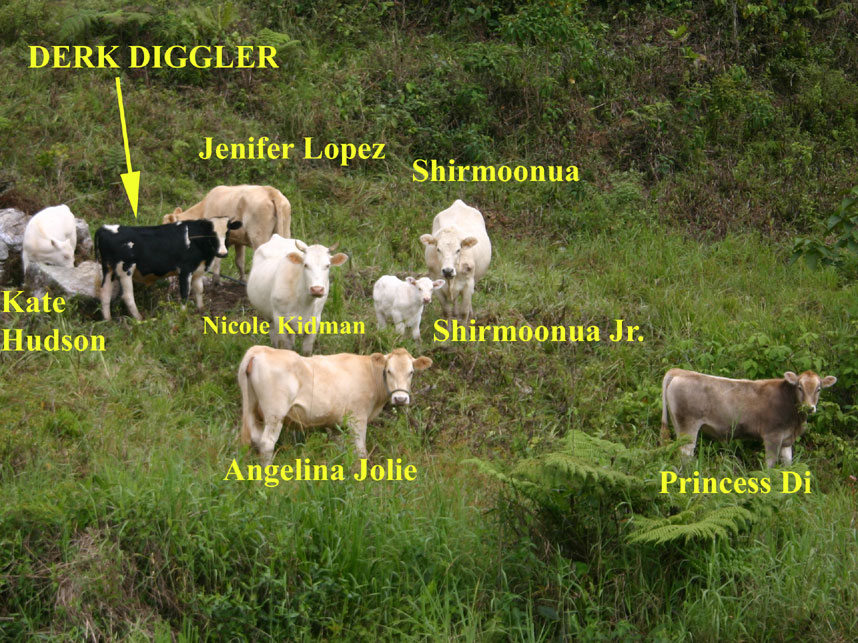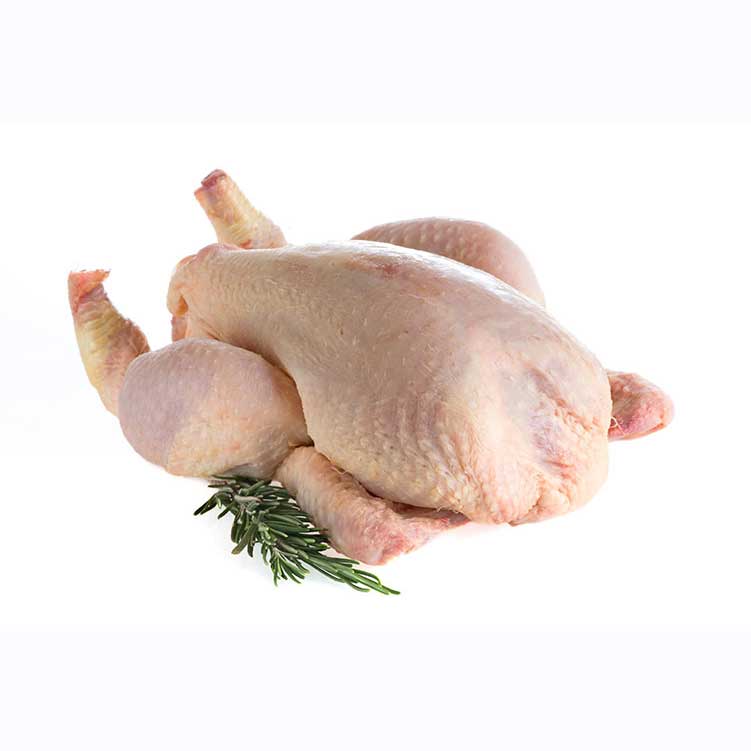Description
Sugar Cane Fed Whole Chickens.
Weights can vary, so please select the an approximate weight you want.
Sugar Cane Fed Whole Chickens. AVAILABLE FROM APRIL 2018.
Sugar Cane Fed Whole Chickens.
Weights can vary, so please select the an approximate weight you want.
| Weight | 1 lbs |
|---|

As a biologist, I am well aware of the impact cattle have on the environment; I am also aware of the argument that dedicating the same land to production of grains and cereals would produce MORE protein for human consumption than cattle. However, living in the reality of a community where the main subsistence employment in the county is cattle farming, where the mindsets of the people are set in stone and change is difficult to say the least, and as a GRAND carnivore that I am, I believe that an equilibrium can be encountered, where cattle are produced in an efficient manner, the environment respected and definitely improved from the current situation, and that through example, others will follow. After 5 years in development work within this community, I have witnessed change, and can say it is a slow process; simply arriving and barking orders and/or throwing money at a problem has NO positive effect.
Current Methods in Cattle Farming
As stated earlier, the same cattle farming techniques are applied today that were applied over 50 years ago. Mass tracts of Primary Jungle were (and continue to be) destroyed and Gramalote planted, and cattle tied up and moved twice a day. Once a week, often once every 2 weeks, rock salt is given to each head, often mixed with corn meal, or barley, or wheat bran. The results are poorly fed cattle, with workers having little or no time to do anything else other than take care of the cattle (I know, I did it that way for 6 months). The lack of efficiency is exemplified by the ratio of cattle per hectare (1 hectare is 2.47 acres), namely, 1 to 1!! One head for every 1 hectare!!
The cool way to cattle farm is using the jungle to form natural corrals with loose cattle, since cattle will not wonder aimlessly into the jungle. This requires changing pastures to another grass called Setaria (Setaria splendida), which can with stand the stamping of the cattle, and also grows better in shady areas, requiring TREES!!! Setaria also is higher in digestible protein, and produces 5 rounds per year (matures every 75 days), where as Gramalote requires 12 months.
Corals
The advantages to corals are listed below:
Free ranging cattle that eat all they want.
Workers (and me) have time to dedictate to other activities.
Requires planting pastures that can withstand free range cattle, all of which are higher in protein, mature more rapidly, and grow better in shade (e.g., need trees).
Improves ratio from 1 cattle per hectare to 7!
Corals designed around streams, cliffs, etc., to protect water runoff and erosion, namely improved land management.
The DISadvantages to corals are listed below:
Requires an invesment of money (I spent over $1,000), and time.
Requires elaboration of corals, planting posts, barb wire, and/or electric fencing, etc.
Requires changing pastures, a slow, tedious job (my 2010…)
Below is the current working scheme for the cattle farm. Numbers followed by letters indicate the coral name, and the number below is the number of hectares in the respective coral.

Protecting Streams
The farm has 7 steady flowing streams on the front side (cattle farming side), that often turn into raging rivers after a strong jungle rain. Previous techniques in cattle farming had left the streams almost treeless, with cattle tied up right along the streams. After mapping the entire farm with a GPS, I have set aside 3-5 meters (10-15 feet) on either side of the streams as areas of High Importance Reforestation. Using the electric fencing, I have planted trees, or utilized returning trees, as natural posts, in order to prevent the cattle from standing/deficating in the running water. Basins with a tubing are used to provide the cattle fresh water in each coral, shown above (orange line besides blue line).
Within 3 more years, the streams will have a literal wall of jungle, which the cattle will not cross.


